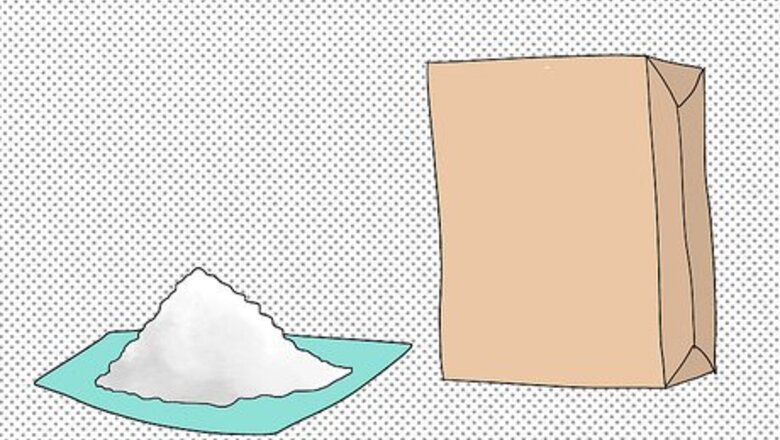
views
Preparing Clay Ingredients
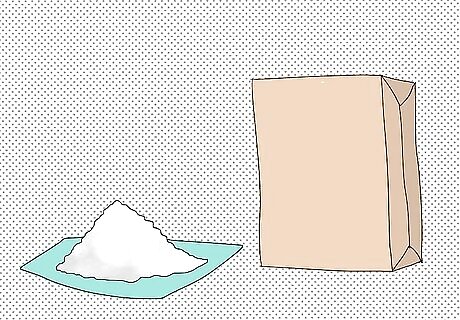
Purchase hydrated lime from a home supply store or hardware store. It is also called calcium carbonate or calcium hydroxide powder. This will give the body to your clay.
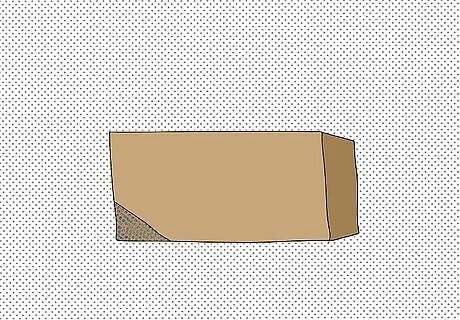
Collect your wax to use as a binding agent. You can choose either paraffin wax or beeswax. Paraffin wax emits toxic fumes when it is heated, so choosing beeswax will reduce the risk of bad reactions.

Buy baby oil and petroleum jelly from a local drugstore. Find coconut oil or linseed oil from a natural food store. These 2 oils contain 8 percent stearic acid, which will help the mixture to stay smooth.
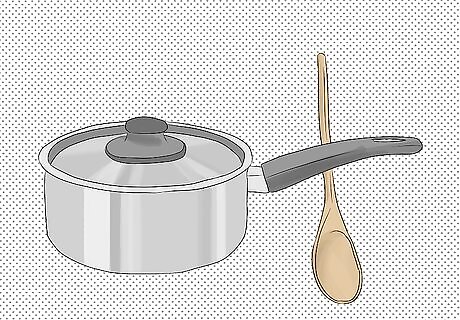
Find some old heavy pots or saucepans and a wooden spoon. You will need to devote these to making clay, because the use of lime in the recipe will ensure they cannot be used for cooking again.
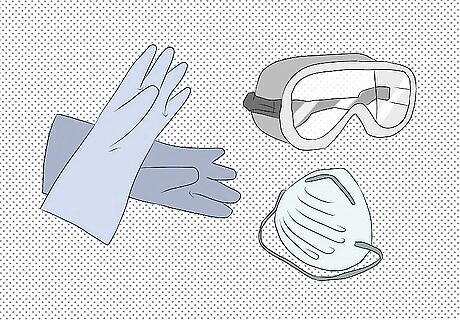
Wear safety gear. Put on a long-sleeved shirt and gloves. Also, use a dust mask and safety goggles to avoid problems from lime fumes.
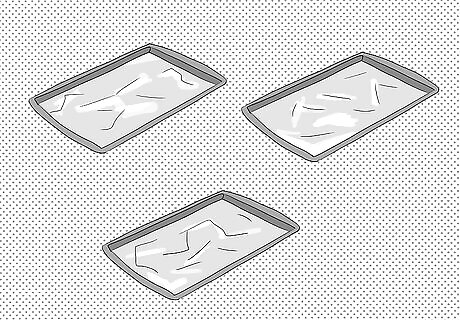
Line several baking trays with aluminum foil. Place them near the stove.
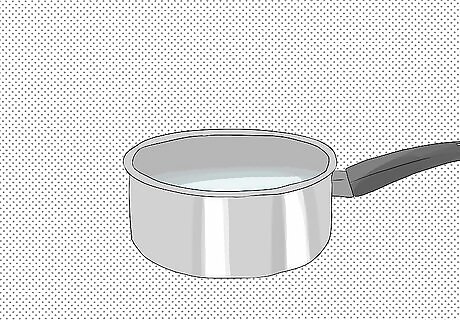
Create a double boiler. Place a large pot on your stove and fill it halfway with water. Bring the water to a boil.
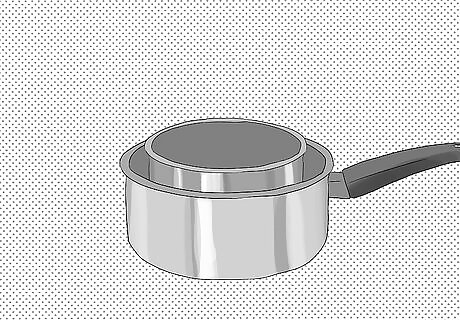
Place a smaller pot inside the water to heat the ingredients. Turn the burner down to medium heat.
Making Modeling Clay
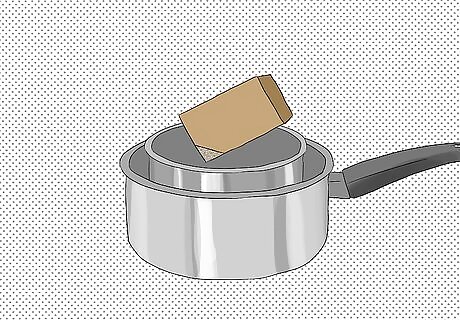
Melt your ingredients together in the smaller pot. Break off pieces of beeswax and place them in the pot. You should use 100g or 1 8 by 11 inch (20 by 28 cm) sheet of beeswax.
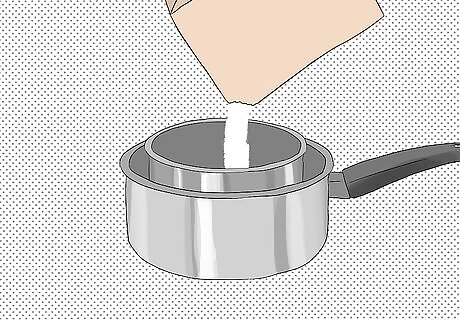
Add 3/4 cup (112g) of lime powder once the beeswax is melted. Stir it with a wooden spoon until it is no longer lumpy.
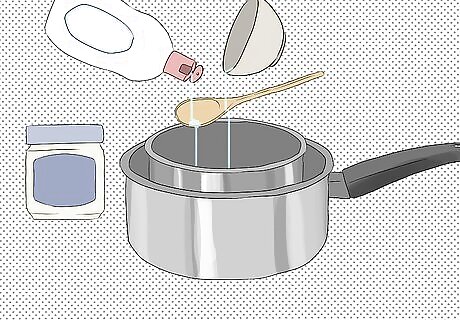
Pour in 6 tsp. (30ml) of baby oil, 3 tbsp. (44ml) of petroleum jelly and 2 tbsp. (30ml) of coconut oil. Stir them together for 30 seconds. Turn off the heat.
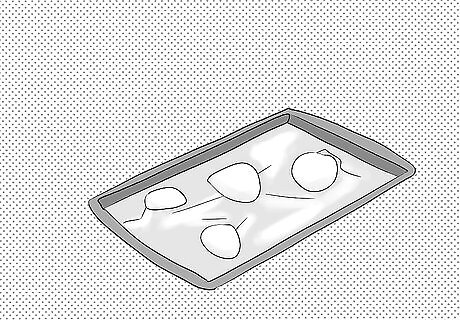
Pour the modeling clay out onto the aluminum foil. If you want to split the batch into different colors, pour them onto different trays.
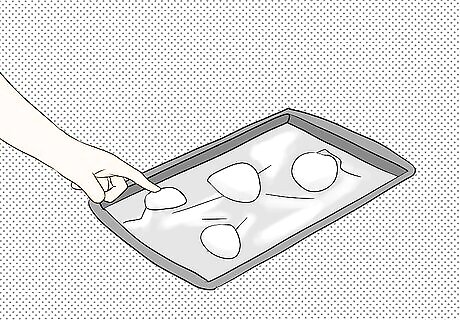
Allow the clay to cool slightly. Test the texture with your fingers. Make adjustments to the texture as needed. If the modeling clay feels too firm, return it to the pot on low. Add more lime, more baby oil and more petroleum jelly in small amounts until it starts to loosen up. Stir well and pour it onto the sheet again. If the clay feels crumbly, it needs more wax and coconut oil. Melt some wax in the double boiler again. Add some coconut oil and place your crumbly wax in the pot. Stir until it is combined.
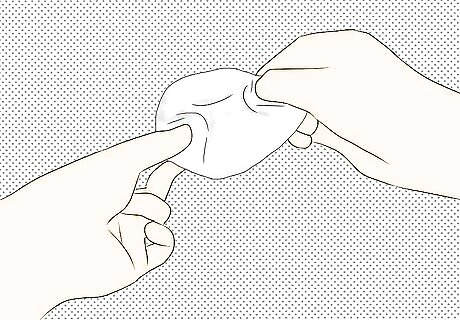
Pick up the cooled modeling clay and work it in your hands. If it is still warm, use your plastic gloves to handle the clay.
Coloring Modeling Clay
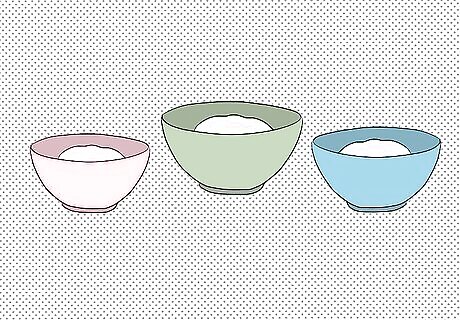
Separate your modeling clay into different bowls.
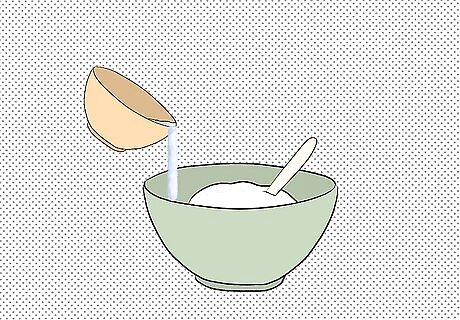
Add powdered dyes or oil paints to the cream-colored clay. Stir with a popsicle stick until combined. Add up to 1 tbsp. of dried color pigment or a smaller amount of oil paint. Increase the amounts to brighten the color.Make Oil Based Modeling Clay Step 16Bullet1.jpg You can add turmeric as a natural dye to create a yellow hue.Make Oil Based Modeling Clay Step 16Bullet2.jpg
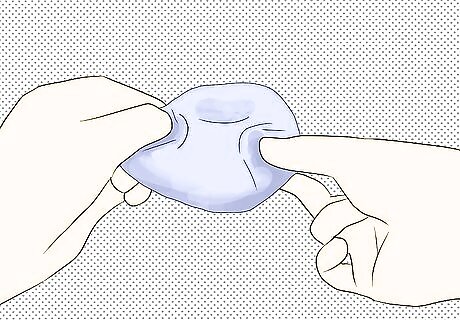
Work the clay in your hands to warm it up. If your clay becomes too cold, wrap it in plastic wrap and wrap it with a hot water bottle filled with boiling water for 5 minutes.

















Comments
0 comment